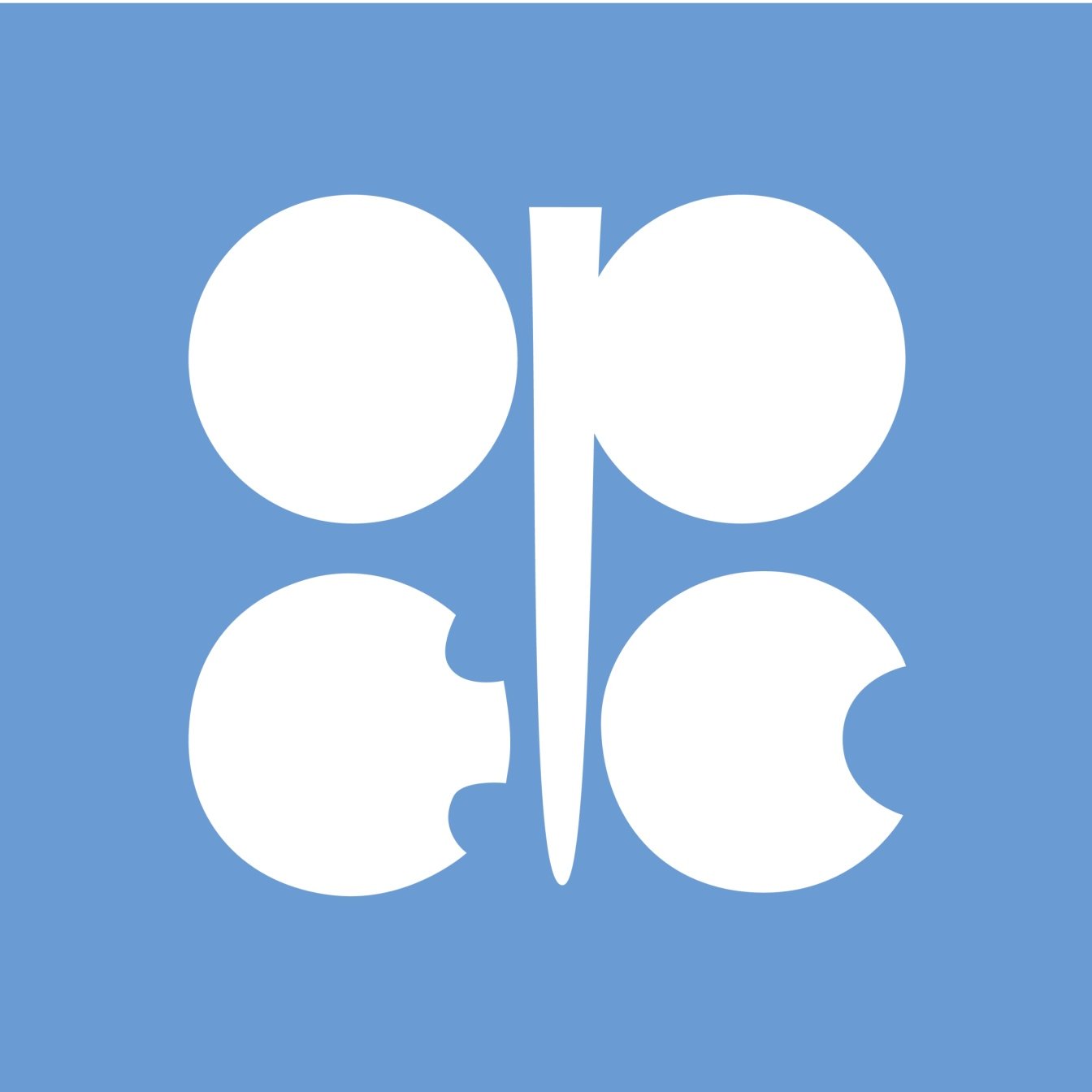Energy
US Production Threatens OPEC-Led Effort to Lift Crude Prices

Published:
Last Updated:

In its Monthly Oil Market Report for December, released Wednesday morning, the Organization of the Petroleum Exporting Countries (OPEC) noted that the cartel’s average price for its reference basket rose to $60.74 a barrel in November, its highest level since June 2015 and more than $5 a barrel more than the October average. Since June, the price has increased by more than $15 a barrel.
The big news, however, is that U.S. production growth for next year is forecast to be more than the total expected growth of non-OPEC supply. If this forecast appears to be coming true as June meeting of OPEC approaches, the cartel will have a difficult time persuading some participants, particularly Russia, to maintain their production cuts.
Global demand growth for 2017 was forecast at 1.53 million barrels a day, unchanged from the prior month’s estimate. The cartel’s projected demand growth for 2018 is now 1.51 million barrels a day, also unchanged.
The cartel reversed last month’s estimate of non-OPEC production for 2017 for a decline of 20,000 barrels a day to an increase of 15,000 barrels a day and a full-year increase of 810,000 barrels a day. For 2018, non-OPEC supply is expected to rise by 990,000 barrels a day to an average of 58.81 million, an increase of 27,000 barrels a day compared with last month’s estimate. U.S. production growth next year is now expected to rise by 1.05 million barrels a day, up by 18,000 from last month’s forecast.
2017’s estimated demand for OPEC crude slipped to 32.8 million barrels a day, up by some 600,000 compared to 2016. Demand in 2018 is now estimated at 33.2 million barrels a day, up 300,000 over the 2017 level, but down by 200,000 barrels a day compared to last month’s estimate.
The cartel said OPEC production in November, as reported by secondary sources, fell by 133,500 barrels a day to a daily average of 32.45 million. Saudi Arabia’s November production rose to just under 10 million barrels a day, a month-over-month decrease of 45,400.
The Saudis themselves reported total production of 9.89 million barrels a day in November, down by 164,500 compared to October. Under the production cuts initiated in January, Saudi Arabia’s quota is 10.058 million barrels a day.
Crude prices are higher Wednesday morning, with West Texas Intermediate for January delivery trading up about 0.8% at $57.55. Brent crude for February delivery traded up about 0.8% at $63.84. A major North Sea pipeline has been shut down and is expected to remain out of service for several weeks in order to repair a leak. On a normal day this pipeline transports about 445,000 barrels of Brent crude.
Take the quiz below to get matched with a financial advisor today.
Each advisor has been vetted by SmartAsset and is held to a fiduciary standard to act in your best interests.
Here’s how it works:
1. Answer SmartAsset advisor match quiz
2. Review your pre-screened matches at your leisure. Check out the
advisors’ profiles.
3. Speak with advisors at no cost to you. Have an introductory call on the phone or introduction in person and choose whom to work with in the future
Take the retirement quiz right here.
Thank you for reading! Have some feedback for us?
Contact the 24/7 Wall St. editorial team.